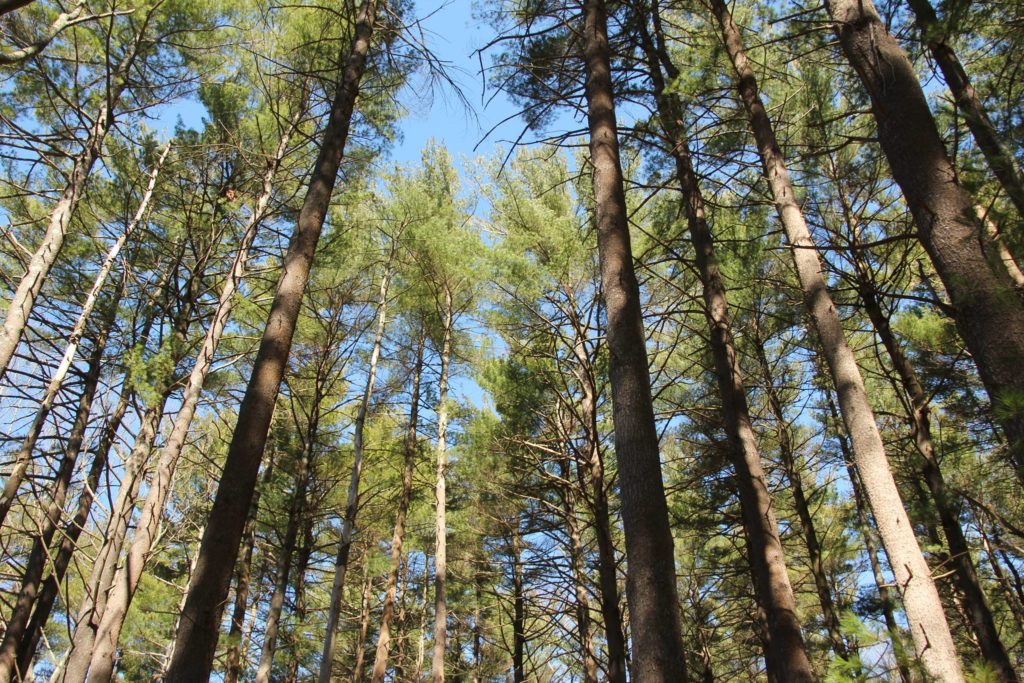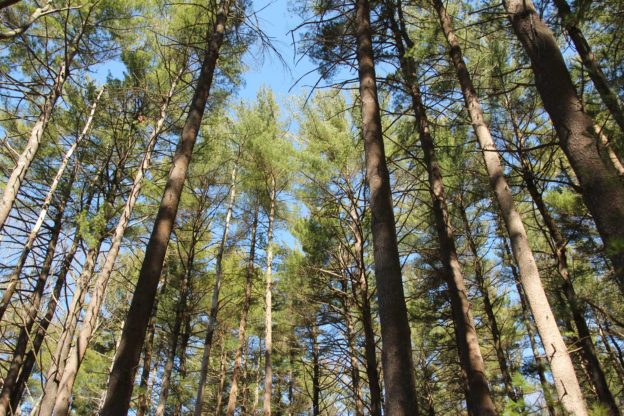
We are now living in a world where scientists are telling us that urgent and unprecedented changes are needed if we are to avoid the most catastrophic impacts of climate change. Global average temperatures today are 1°C warmer than pre-industrial levels, and we are in the fight of our lives to avoid surpassing 1.5°C in the coming decades.
Often times, people ask “where is the technology that will save us?” When will scientists figure out how to build a magic vacuum that sucks all the excess carbon dioxide out of the atmosphere and help us continue living our lives as we do right now?
Instead of waiting for technology and innovation to save us, we need to look at one of the most historically significant, but underrepresented solutions to climate change: trees.
Why Trees?
Trees are vital to life on our planet for many reasons. They give us oxygen, store carbon, stabilize the soil, and provide habitat for our wildlife.
When it comes to climate change, trees not only help us by absorbing carbon dioxide (CO2) and other pollutant particulates, they also help us build resiliency to the increasing impacts of climate change such as increased precipitation, increased temperature, and more.
Maintaining the Massachusetts Tree Canopy
According to a 2017 Harvard study, more than half of Massachusetts is covered by forest, but the state loses about 7,000 acres of forest each year to development.
Our forests and lands offset about 15 percent of the carbon emissions that we emit each year. Carbon storage is just one of the many benefits provided by the world’s forests. With the right management practices, forests filter air and water and provide a home for a diverse range of species.
In addition to our large forested areas, Massachusetts also benefits from the Greening the Gateway Cities Tree Planting Program, which aims to increase the urban tree canopy 5-10% in select neighborhoods of former industrial cities. Thus far this program has planted over 8,000 trees across 13 Gateway Cities.
Trees vs Climate Change
Trees fight climate change in many ways, from the small scale (home & community) to the big scale (national parks and other conserved land).
At Your Home
- Trees or shrubs planted to shade air conditioners help cool a home more efficiently, using less electricity.
- According to the US Forest Service, just three trees properly placed around a house can save up to 30% of energy use.
In Your Community
- Neighborhoods with well-shaded streets can be up to 6-10°F cooler than neighborhoods without street trees, thus reducing the need for increased energy usage.
- Shaded parking lots also help keep automobiles cooler, reducing emissions from fuel tanks and engines.
Across Protected Lands
- Forests store large amounts of carbon in their leaves, stems, and other parts of the plant. According to the USDA, forests make up 90% of the natural environments in the US that absorb carbon (otherwise known as the carbon sink) and sequester approximately 10% of US CO2 emissions.
- For each area of forest protected, the threat of deforestation and degradation is removed, leading to reduced CO2 emissions.
Be a Climate Hero: Pledge to Plant a Tree
Planting trees is a strategy that can be implemented now and offers more additional benefits than nearly any other climate change solution.
Ready to be a climate hero? Sign our pledge and commit to planting a new climate resilient tree at home, in your community, or at your school this spring or fall.
Need some tree planting guidance? Check out these planting guidelines and the Arbor Day Foundation’s Tree Wizard App to determine what tree best suits your needs.


